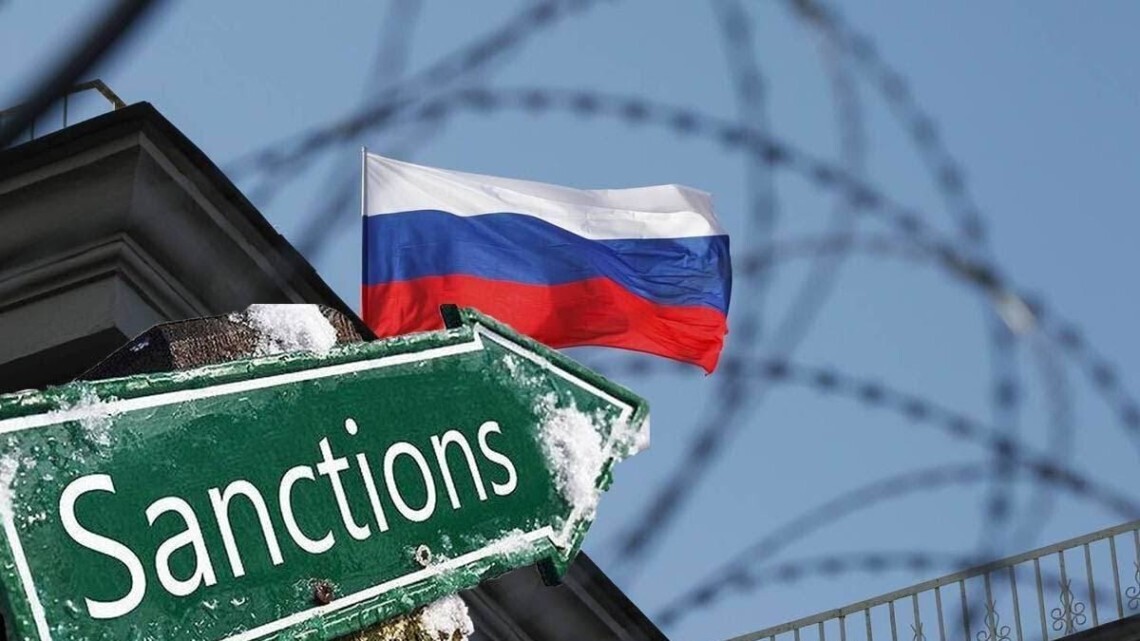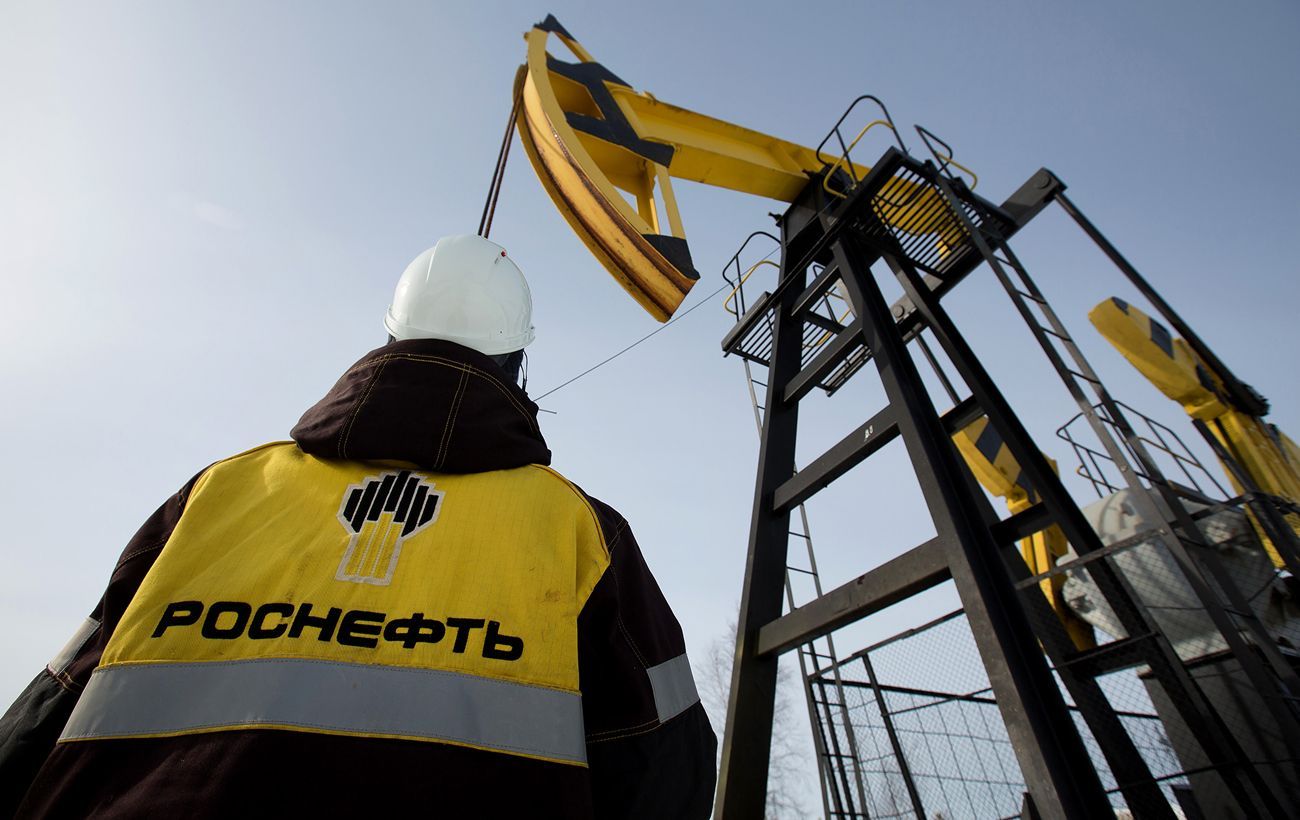Renewable energy (RE) markets rely heavily on climate change circumstances and have a high cost of capital with approximately zero fluctuations in production. Furthermore, the primary factors in investing in RE are intelligible guarantees to trade with the capacity of knowing a fixed acceptable tariff rate and the ability to do this through a well-developed energy exchange market. Accordingly, they are the consequences of market participants’ economic behavior and their financial condition.
One of the core dilemmas for investors in the RE sector is the flexibility to sell electricity locally and internationally at a profitable margin. In addition, the established tariff policy for the generated capacity should be transparent and easily predictable. All these factors are closely linked with the necessity to develop effective incentive mechanisms for investors to ensure high financial profit in the short term. As the costs of pre-construction and construction stage RE stations are so high, in most cases, investors are looking for additional external capital because taking on such risks becomes more reasonable if there is the appropriate stimulus of being financed from different sources easily.
To establish such an atmosphere in the Georgian RE sector, first, there is a necessity to review the existing schemes of stimulus mechanisms and, in parallel, look at other well-developed models in different jurisdictions. For example, the European Union (EU) has been one of the primary drivers of renewable energy development. The energy policies of most European countries involve subsidized tariffs, such as the feed-in tariff in Portugal, the regulated tariff (standard fixed tariff), and the market price plus premium in Spain.
There have been several incentive mechanisms in Georgia at different times, but today the only novelty is the Contract for Difference (CfD) scheme, enacted recently. However, considering that this mechanism is relatively new in the country, Georgia currently has little experience with which to assess its effectiveness.
This article describes several stimulus mechanisms to raise investment in the Georgian RE industry significantly. Then, it analyzes the appropriate Georgian legal regulations, with a high concentration on the CfD mechanism and the UK CfD model as it is well developed there. Finally, the article identifies other possibilities and presents recommendations for Georgia.
The Existing Model in Georgia
The law of Georgia on “Energy and Water Supply” reflects the requirements of different EU directives. Among them is the directive 2005/89/EC (dated 18 January 2006) concerning measures to safeguard the security of electricity supply and infrastructure investment. One of the issues the law defines in the state’s energy policy is measures for encouraging and attracting private investment in electricity production. Several arrangements should be ensured by the Ministry of Economy & Sustainable Development of Georgia in cooperation with the Georgian National Energy & Water Supply Regulatory Commission and other competent state authorities to eliminate administrative barriers impeding investment in electricity infrastructure as well as to create and develop new capacity in electricity production.
Supportive schemes to develop RE that cover (but are not limited to) investment aid, reduced tax rates, green certificates, and direct prices covering special green and premium tariffs are the mechanisms provided by the law of Georgia on “Promoting the Generation and Consumption of Energy from Renewable Sources”. Based on this law, on 7 December 2022, the Government of Georgia (GoG) issued ordinance N556 on “Approval of the Support Scheme for Generation and Consumption of Energy from Renewable Sources and Capacity Auction Rules”. This by-law is the second act after ordinance N403 on “Approval of the Support Scheme for Generation and Consumption of Energy from Renewable Sources”, issued on 2 July 2020 by the GoG. Moreover, in Ordinance N556, the GoG defined that from entry into force of Ordinance N556, acceptance and consideration of public-private partnership applications defined in Ordinance N403 would be suspended. Although, projects that started before the entry into force of Ordinance N556 and are ongoing based on Ordinance N403 should be implemented following the support scheme defined by Ordinance N403. So, Ordinance N403 is still in force in exceptional cases. The mentioned by-law stimulus schemes cover the construction and operation of the energy produced by renewable sources, notably a power plant with more than 5 megawatts of installed capacity. The scheme has a defined duration of time and offers a premium tariff. The duration stimulus period is ten years after the power station’s commissioning and the production license issuance (if required by law) for eight months a year. The premium tariff is 0.015 USD per 1KWh.
Ordinance N556 applies to:
- Energy projects that constitute public-private partnership projects under the law of Georgia on “Public-Private Partnerships”, as well as projects that do not constitute public-private partnerships;
- Ongoing projects at the stage of preparation of a feasibility study for constructing a power plant. The ordinance will not apply to projects that were in the construction phase before it entered into force.
Supportive measures written into the law of Georgia on “Public-Private Partnerships” should be (in several cases) discussed in tandem with the mechanisms declared in ordinance N556, as they will both apply.
The supportive tools provided by the law of Georgia on “Public-Private Partnerships” are as follows: A public partner may consider support from a private partner, the central government, the Autonomous Republics of Abkhazia and Adjara and the local municipality. Such support may be guaranteed on the long-term procurement of specific goods and services at a price determined based on a contractual agreement. Ordinance N426 on “the Approval of the Procedures for the Development and Implementation of a Public-Private Partnership Project”, issued by the GoG on 17 August 2018, defines that guarantees for the long-term purchase of similar goods and services at an agreed price may be issued in the energy sector.
The features of the new scheme defined by ordinance N556 are reflected in several directions. First, it is a set of measures supporting the construction and operation of a power plant with more than 0.5 megawatts of installed capacity. The ordinance defines a price difference agreement, which is an agreement signed between the entity selected by the capacity auction and the JSC electricity market operator (ESCO). The agreement will be concluded based on the feasibility study of the power plant. ESCO will be obliged to cover the difference between a proposed tariff and a wholesale price in favor of the entity if the proposed tariff is higher than the wholesale price. Vice versa, if a wholesale price is higher than the proposed tariff, the entity will be obliged to cover the difference between the wholesale price and the proposed tariff in favor of ESCO. For different sources of RE, the scheme covers a period of 15 years after the commissioning of the power plant. Entities will become the beneficiaries of this scheme for the following months of each year:
- For a hydroelectric power plant – 8 months (September, October, November, December, January, February, March, and April);
- For a wind power plant – 9 months (August, September, October, November, December, January, February, March, and April);
- For a solar power plant – 12 months (January, February, March, April, May, June, July, August, September, October, November, December);
- For other renewable energy power plants – 12 months (January, February, March, April, May, June, July, August, September, October, November, and December).
In addition, if the wholesale price during the support period is lower than the tariff determined by the price difference agreement, the price difference will be paid by ESCO in addition to the wholesale price.
The CfD Scheme in the UK
The CfD scheme is the government’s primary mechanism for supporting low-carbon electricity generation. CfDs incentivize investment in renewable energy by providing developers of projects with high upfront costs and long lifetimes of direct protection from volatile wholesale prices, and they protect consumers from paying increased supply costs when electricity prices are high. Renewable generators located in Great Britain that meet the eligibility requirements can apply for a CfD by submitting a form of “sealed bid”. To date, there have been four auctions, or allocation rounds, which have seen various renewable technology companies competing directly against each other for a contract. Successful developers of renewable projects enter into a private law contract with the Low Carbon Contracts Company (LCCC), a government-owned company.
CfDs were introduced in the UK in October 2014, aiming to replace the renewable obligations system in the UK. The CfD scheme is designed to support deploying large-scale renewable projects (more than 5MW). Larger projects (300 MW or over) will have to obtain government certification that the project will make a material contribution to the development of industry supply chains from the point of view of competition, innovation, or skills.
The CfD is based on a difference between the market price and an agreed “strike price”. Strike prices increase in line with the Consumer Price Index (CPI) and can also be adjusted during the term of the CfD in certain circumstances, for example, in case of a qualifying change in the law.
If the strike price exceeds the market price, the CfD counterparty must pay renewable generators the difference between the strike price and the market price. If the market price is higher than the agreed strike price, the renewable generator must pay back the CfD counterparty the difference between the market price and the strike price. CFD contracts are awarded for a period of 15 years. Generators that want to participate in the CfD scheme must participate in allocation rounds.
As CfDs are for the long term, for both parties, one of the fundamental challenges is a change in the law. The compensation for the generator in the event of a change of law is limited to unforeseen changes of direction specifically targeted at or unduly discriminating against the technology, the project, or the project company. Furthermore, the generator may have to pay compensation to the CfD counterparty if the change in law results in savings for the generator.
CfDs are awarded to generators in allocation rounds. Most developed renewable technologies have maximum strike prices set by the government on an administrative basis. However, if the allocation becomes subject to an auction, generators receive strike prices set by auction instead (this occurred in the first allocation round). The government’s initial CfD budget established separate “pots” of funds for different types of technology.
Specifications of the auction:
Investors can make offers, and the government selects the best ones according to pre-defined requirements. The second phase consists of a private bilateral negotiation between the government and the selected investors to obtain a mutually acceptable value for the strike price. Since each investor selected knows the first proposal of the other investors, there is the possibility of making a more competitive offer in this phase. Accordingly, this support policy could be advantageous for the government (and, in some cases, for the investors as well).
Interaction of the CfD model in parallel with the Power Purchase Agreement (PPA) model may cause a risk for the generator. In particular, there is a mismatch between the price payable under the route-to-market PPA and the CfD reference price. For any period where the CfD reference price is higher than the PPA price, the generator’s income will be less than the strike price. Any loss of income in respect of such periods may or may not be mitigated by additional revenue resulting from periods when the CfD reference price is lower than the PPA price.
Other Stimulus Mechanisms
This section describes several mechanisms that may be attractive for the Georgian RE sector.
Green Bonds
Issuers often develop a green bond “framework” to support their environmental and sustainability objectives and then apply it to issue multiple bonds. With no governing body for green bonds, it is possible for issuers to self-label green bonds and perform internal impact verification.
As a debt instrument, the terms of the green bond rely on the strength of the issuer’s balance sheet, with the best rates available to issuers with a strong credit rating. For this reason, the most common types of green bond issuers are large, often publicly traded corporations or municipalities. While public listings are available for green bonds, such as on the Luxembourg Stock Exchange (LuxSE), successful green bond sales often involve negotiation directly with investors.
After selling bonds to raise capital, the issuer is responsible for managing the use of proceeds to meet the objectives of the green bond. Projects can be funded directly, with the issuer purchasing equipment or hiring contractors to carry out projects. Issuers can also use proceeds to pay for service agreements, such as Energy Services Agreements (ESAs) or Energy Service Performance Contracts (ESPCs), in coordination with an appropriate energy service company.
Given the administrative costs associated with investor management and third-party verification, projects funded through the sale of green bonds tend to be large and ambitious in scope. For this reason, projects financed in this way frequently include RE generation projects or the portfolio-wide installation of efficient building technologies.
Property-Assessed Clean Energy (PACE)
The PACE mechanism, initially developed in California in 2007 and now used broadly in the United States, enables investment in energy efficiency and distributed RE systems in existing buildings and new constructions. PACE programs offer up-front, long-term (up to 25 years) financing, which is repaid through property tax bills. PACE is thus considered an asset-based financing mechanism rather than a personal loan, enabling building owners to sell the property without carrying over the debt. This program requires engagement and policy implementation from local governments to allow private lenders to place a lien on the property and to enable the governments to remit the payments to investors. The model is typically applied to private property projects, such as those undertaken on residential or commercial properties. The PACE model has been adapted around the world with varied success. Additional PACE-like programs exist in Australia, Canada, and the Netherlands; South Africa and the UK are exploring the concept; and the EuroPACE20 project, now concluded, has set the stage for additional programs to be introduced elsewhere in Europe.
PACE reduces/eliminates high upfront project costs, providing 100% upfront financing for efficiency and RE projects and ensuring that such projects remain cash-flow positive; debt can be transferred with the property to a new owner (given agreement between buyer and seller). In addition, PACE financing instruments can be collected and securitized. An owner seeking funding for an energy efficiency project can secure long-term PACE financing through a public or private PACE program, working with a dedicated lender or a group of lenders. The local government collects payments on a property tax bill; typically, PACE assessments are added as a separate line on a tax bill, and then those payments are remitted to the original finance provider.
Efficiency-As-A-Service
Efficiency-as-a-service is a pay-for-performance, off-balance sheet financing solution allowing customers to implement energy and water efficiency projects without upfront capital expenditure. Instead, the provider pays for project development, construction, and maintenance costs. Once a project is operational, the customer makes service payments based on actual energy savings or other equipment performance metrics, immediately reducing operating expenses. The energy services agreement (ESA) is the most common type of arrangement.
The provider enters into the ESA directly with the customer for a contracted period (typically 5-15 years). Before equipment is installed, the ESA provider performs a baseline of the customer’s energy consumption and calculates an upfront estimation of savings. The ESA provider then pays and manages a contractor to install the high-efficiency equipment and help maintain the equipment through the contract period. Once project installation is complete, a measurement and verification (M&V) analysis is performed to determine savings compared to baseline energy use.
The customer then enjoys lower utility bills throughout the contract term. The customer pays the ESA provider a charge per unit of energy saved that is set below its baseline utility price, resulting in immediately reduced operating expenses. The ESA payment can be structured as a percentage of the customer’s utility rate or a fixed dollar amount per kilowatt-hour saved. The ESA provider retains ownership of the equipment for the duration of the ESA term and pays for maintenance to ensure reliability and performance. New efficiency measures can be added during the duration of the contract. At the end of the agreement, the customer can purchase the equipment at fair market value, extend the contract, or (less commonly) return the equipment.
An ESA can be thought of as an energy-efficiency version of the PPA, a structure commonly used to finance RE systems. Under an ESA, the customer doesn’t bear the project performance risk since it only pays for savings achieved. Instead, the ESA provider bears this risk and gets paid less if the project savings are lower than expected. However, ESAs vary significantly in terms of contract structure, the method used for measuring realized savings, and how the customer and provider split performance risk and upside. As a result, some ESA providers are exploring the possibility of combining ESAs with on-bill repayment.
Crowd Funding
Crowdfunding has recently gained popularity, including funding energy efficiency investments. For this model, energy service companies or other developers can contract with a crowdfunding platform to list projects for individual investors to pledge funds. A loan is then issued to the service company for project implementation, which is repaid by savings. Value is delivered back to the individual investor through interest payment, equity with dividends, or other financial returns. Crowdfunding removes the presence of established financial institutions from projects, opening the door to small-scale investors and impact investors, among others. Depending on the phase of construction, it is advisable not to pay out 100% of the funded sum all at once. A part should only be paid out when the project is fully built, operational, or connected to the grid. The installation and running of the project must be closely monitored, as well as payments of the project to the crowd. Besides, the crowd appreciates seeing the tangible impact of the investment, so it should be regularly updated with information such as the first energy bills or pictures of the installation. Investors also expect regular follow-up information of a financial and operational nature. The standard for most platforms is an online dashboard where crowd investors can log in and follow their investments. In addition, most platforms send updates by email regularly. Some crowdfunding campaigns also offer a site visit after completion.
Several Recommendations
Regardless of the existing governmental subsidy mechanism for the RE sector, the Georgian State Energy Policy draft declares that the state should gradually reduce subsidies to the industry, as well as state investment and interference in energy markets. The sector should consequently move to a commercial model using the principles of self-sufficiency. Subsidized prices cause wasteful and inexpedient energy consumption and prevent the development of energy efficiency and new RE sources. Accordingly, the gradual eradication of tariff subsidies is envisaged.
As discussed above, there are many opportunities to obtain interim and long-term subsidies from the central and local government along with private equity capital or independently.
If we consider Georgia’s current high dependence on imported electricity and its necessity to develop RE sources rapidly, it would be better to keep all the current stimulus mechanisms of the government (both independent and syndicated). Furthermore, apart from the existing CfD scheme, Georgia could also consider inculcating other instruments where the central and local government encourage the development of RE (like PACE). In parallel, establishing a path for developing green bonds, efficiency-as-a-service and crowdfunding as additional incentive sources will only play a positive role in increasing investment in Georgian RE.
Levan Kokaia currently serves as a corporate lawyer at Czech hydroelectric energy companies and as legal counsel of the law firm Suknidze & Partners. He holds a master’s degree in law, has written more than 50 publications, and is a guest lecturer and trainer at GIPA.
Levan Kokaia – Masters in law. Attorney at Law. Legal consultant on corporate governance issues. Currently serves as a corporate lawyer at one of the energy companies. Member of Georgian Bar Association. Author of more than 45 publications. Guest lecturer and trainer at GIPA.















